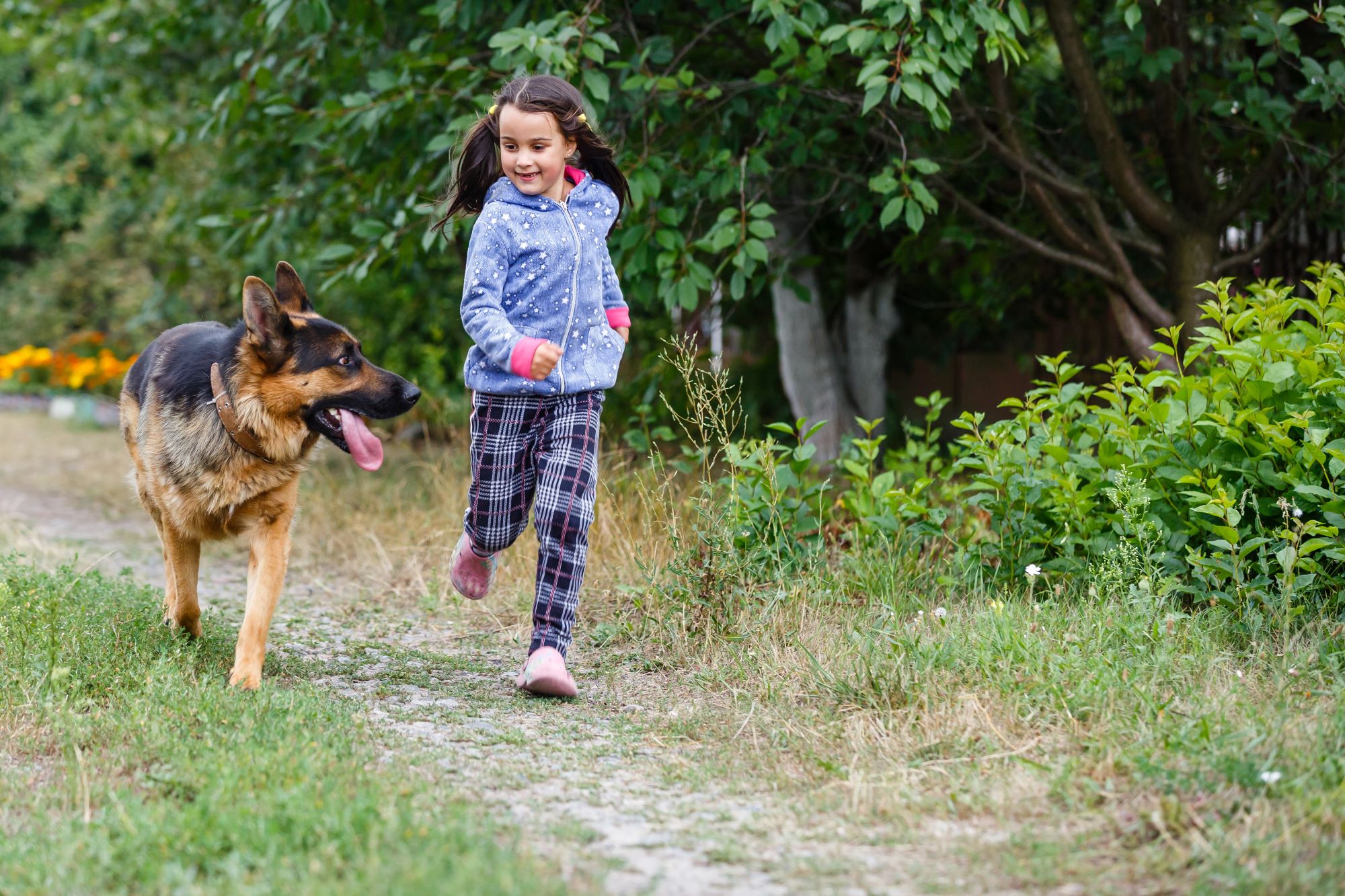The preliminary study tested and validated the approach for measuring dog-facilitated physical activity among 12 children, finding that 20% of their daily physical activity arose from time spent in close proximity with the family dog. A larger study involving a more diverse population is underway.
The UMass Behavioral Medicine Lab investigates ways to help people become more active and has a current focus on dogs and children. Currently, exercise scientist Katie Potter, assistant professor of kinesiology in the School of Public Health and Health Sciences, is looking for families with children between the ages of 7 to 10 years old and one or more dogs to wear ActiGraph accelerometers with a Bluetooth feature that measures proximity as they go about their lives for the larger study which allows families outside of Western Massachusetts to participate. Those who are interested can fill out a screening survey to see if their family qualifies to participate by clicking here.
“There are so many ways we might leverage the human-dog bond to promote physical activity in kids, but first we need to understand how much physical activity dog-owning kids get with their dogs,” Potter says.
“Our preliminary study was the first time that this type of research had been done specifically quantifying physical activity with the dog and the kid in proximity together,” says Colleen Chase, lead author of the recent paper and a doctoral student in Potter’s lab. “We’re interested in replicating that study to see whether that 20% value holds at a significant sample size of participants.”
“If a child has a dog and is bonded with the dog, that’s going to lead to greater enjoyment of whatever activity they are partaking in. And having a dog is a form of social support,” says Chase, who is leading this research study as part of her doctoral dissertation. “So, we see the way this lines up nicely with what other studies have shown is going to promote kids being more active.”
“There’s a financial and time burden associated with pet ownership, and we acknowledge that,” Chase says.
If the research continues to show that dogs have a positive impact on the physical activity of children, the team can look for ways to involve kids who don’t have a family dog because research shows that children get more exercise when it is enjoyable, motivational, and involves social interaction. Children without family dogs could participate in dog walking programs in animal shelters or after-school programs involving dog play to expand access to the benefits of hanging out with dogs.
“This is a pretty concerning issue in the United States right now,” Chase says of physical inactivity among kids. “That’s why we’re trying to get creative with methods to address this. It’s a very wholesome line of research. You know, we’re working with kids. We’re working with dogs. But we do have these larger, significant health problems that we are working to address through this research.”
It’s worth noting that it is not only children that move more when they are engaged in activities that are enjoyable, motivational, and involve social interaction. Adults can also develop strong bonds with dogs, some adults even treat their dogs better than other people, thus dogs can also help adults to get up and move more. However, dog ownership is not for everyone, if you don’t think that you can handle the responsibility of a dog, but still want to enjoy the interaction, why not consider volunteering at a shelter and walking a few dogs?
As with anything you read on the internet, this article should not be construed as medical advice; please talk to your doctor or primary care provider before changing your wellness routine. This article is not intended to provide a medical diagnosis, recommendation, treatment, or endorsement. These statements have not been evaluated by the Food and Drug Administration.
Content may be edited for style and length.
References/Sources/Materials provided by:
https://www.umass.edu/news/article/serious-side-kid-and-canine-play
http://dx.doi.org/10.1123/jmpb.2023-0014
https://www.cdc.gov/physicalactivity/basics/children/index.htm
https://umassamherst.co1.qualtrics.com/jfe/form/SV_dmtx6sNsIpkMVV4




